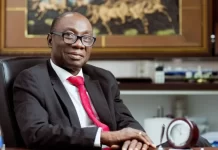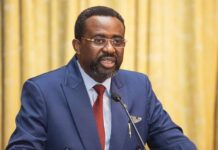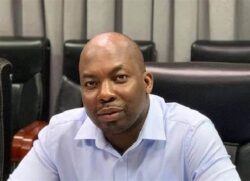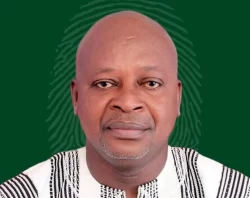Lowering electricity tariffs is welcoming news for consumers, but not investors whose capital is very much needed to curb operational inefficiencies and clear unpaid subsidies, South Africa based RMB Research, which analyses global markets, has said.
In its review of Ghana’s 2018 budget, RMB noted that despite the good works of the government to achieve macroeconomic stability, what is good for inflation and operational costs will not necessarily be good for the power sector.
“Although Ghana’s electricity supply has improved, it remains low, with power production still relying heavily on hydropower. Unpaid subsidies and bills and operational inefficiencies have left power-sector companies financially unstable. The energy bond financing plan was unsuccessful, and therefore the sector remains weak,” it said.
For various consumer categories, the government has proposed for the consideration of the Public Utilities Regulatory Commission, between 13percent and 21percent tariff reductions, following considerable pressure mounted by industrial sector players, in particular, that Ghana’s power tariffs had become uncompetitive.
RMB Research, which is a subsidiary of South Africa’s Rand Merchant Bank, believes that despite the government promising to invest large resources to upgrade transmission and distribution systems, the success will be tied closely to the availability of appropriate financing opportunities.
“And lower electricity tariffs make the sector look less attractive for private-sector investment,” it added in its review.
Currently, the total electricity demand of the nation, according to the Energy Commission, is 2,533MW for homes, schools, businesses, and industries. Even though, the hydro and thermal supply chains, the two major sources, have about 4,577MW installed capacity in 2017, the only available capacity for consumption is only 1,895MW, with the bigger chunk coming from hydro.
Playing by the fiscal rules
RMB Research is of the view that by continuing on the path of fiscal consolidation, the government will keep sentiment strong and the currency stable. “It is up to the private sector to carry the economy by implementing initiatives like the reduction in electricity tariffs for residentials and industrials.
“We believe the latest budget plans are achievable, not just because of additional revenue from crude exports, but owing to the fact that the government is well aware of both the risks of further fiscal slippages and the adverse effect it could have on debt dynamics. Ghana still faces high financing costs in both its domestic and external markets,” it added.
So far so good for FY17
Fiscal consolidation and rising oil production have helped the government to broadly reach its 2017 budget targets.
The deficit was 4.6percent of GDP at the end of September –lower than the 4.8percent deficit target–, while the primary balance moved into surplus, which is 0.2percent of GDP.
Though revenue and grants have missed their target by 9.3percent so far, it still reflects a healthy 16.2percent increase, compared to a 4.1percent rise in 2016. Total expenditure, including the clearance of arrears, was slightly lower than 2016, and 8.1percent short of the GH¢4.1billion target.
The reduction in the fiscal deficit and debt re-profiling, according to RMB Research, have helped the debt-to-GDP ratio decline to 68.6percent as at September 2017, from 73percent at the end of 2016.
“Importantly, the annual average rate of debt accumulation of 36percent over the last four years has dropped to 13.6percent for the 2017 period. From a macroeconomic perspective, provisional GDP growth of 7.9percent is expected for 2017, driven mostly by the industry sector –estimated at 17.7percent growth – supported primarily by rising production in upstream oil and gas. This growth will normalise; hence the 6.8percent growth expectation for 2018.”
Key assumptions in the budget include a fiscal deficit of 4.5percent of GDP, from an expected 6.3percent in 2017 and primary balance of 1.6percent of GDP, from a preliminary 0.2percent. Macroeconomic assumptions include overall GDP growth rate of 6.8percent, non-oil GDP growth rate of 5.4percent, average inflation rate of 9.8percent and FX reserves of no less than 3.5 months of import cover.
Government plans to spend a total of GH¢62billion, representing 25.7percent of GDP and 14.5percent more than the previous year’s budget. The planned expenditure includes provisions for debt arrears payments. The shortfall will be financed with funds from local and foreign sources, including dollar bonds.










